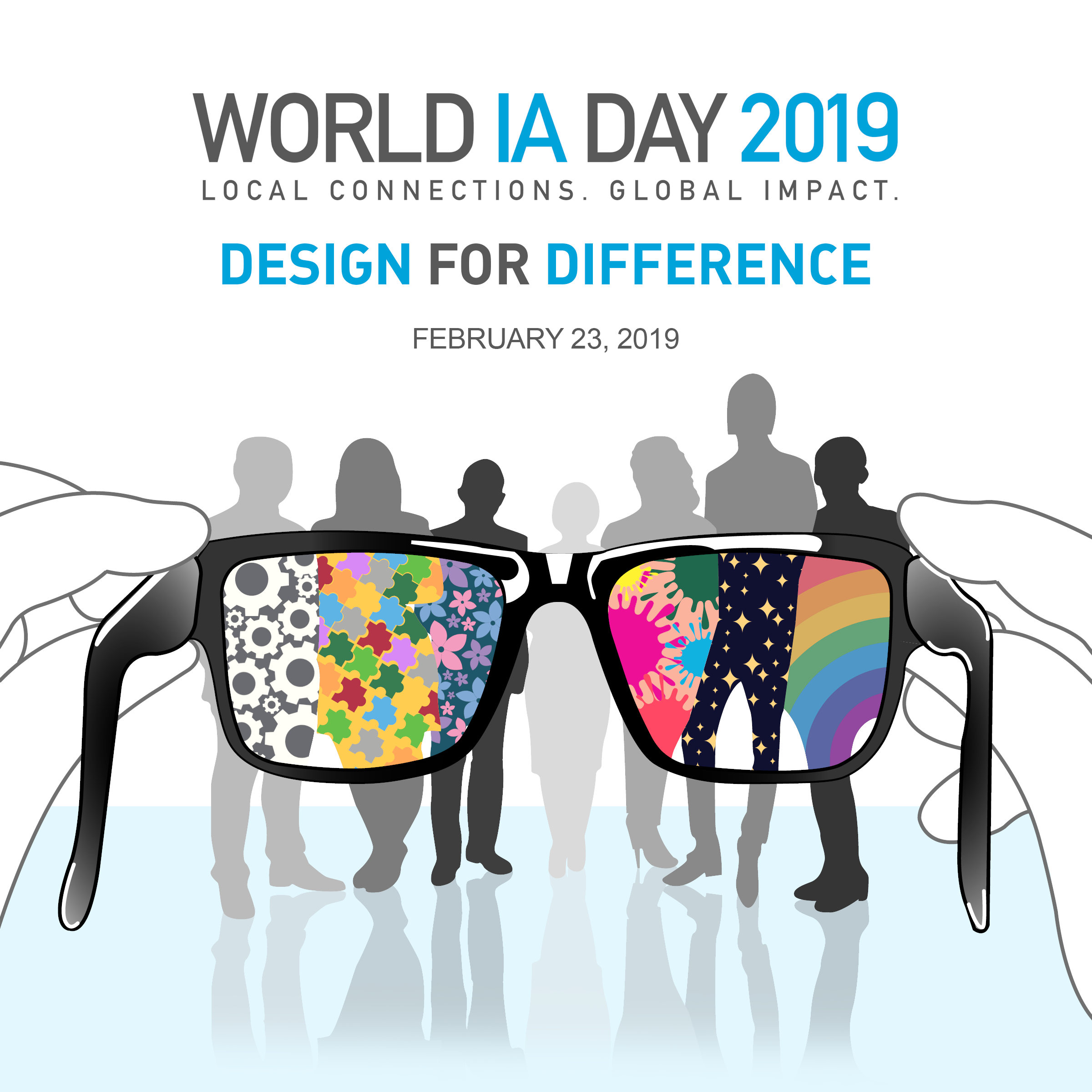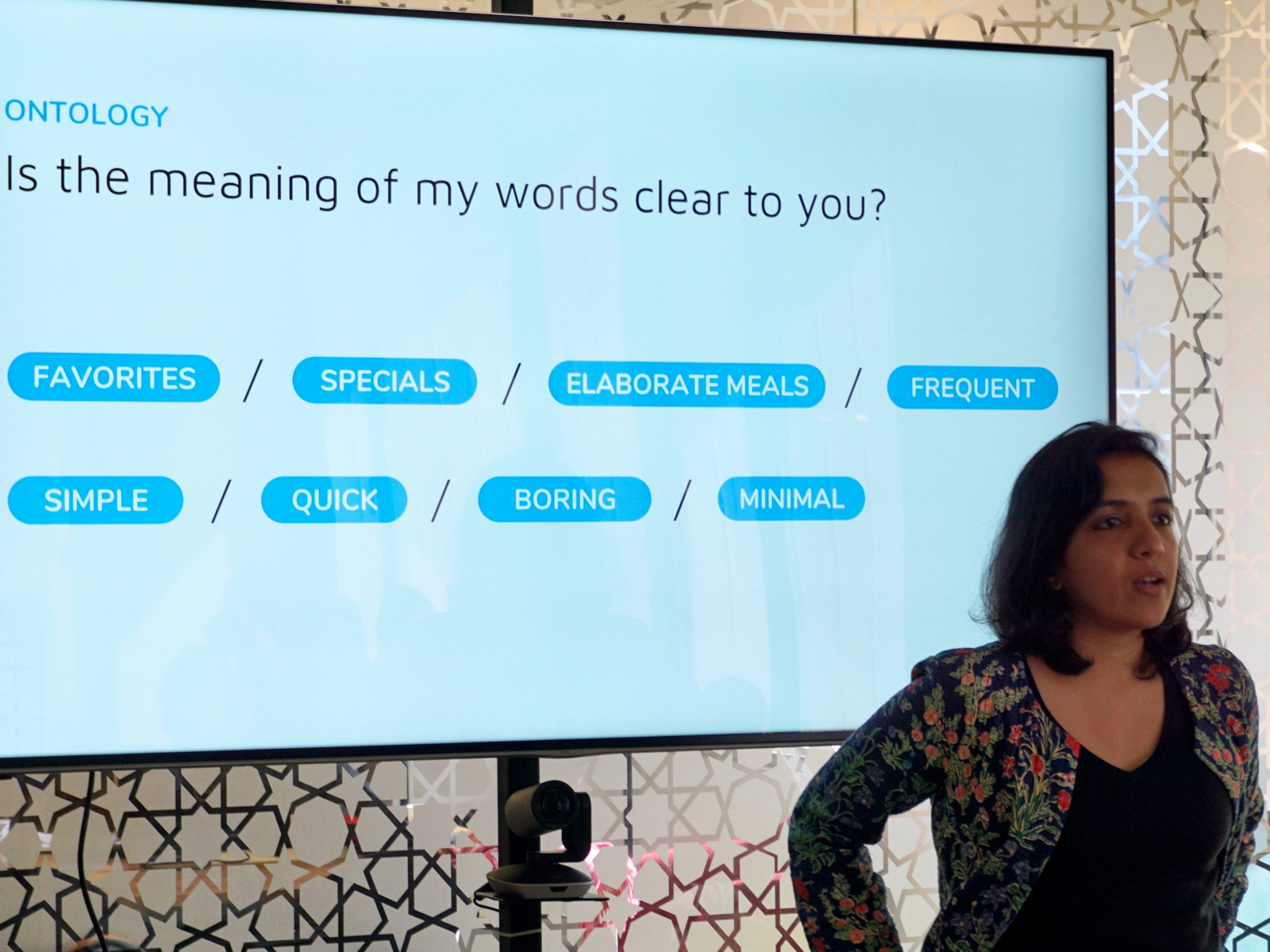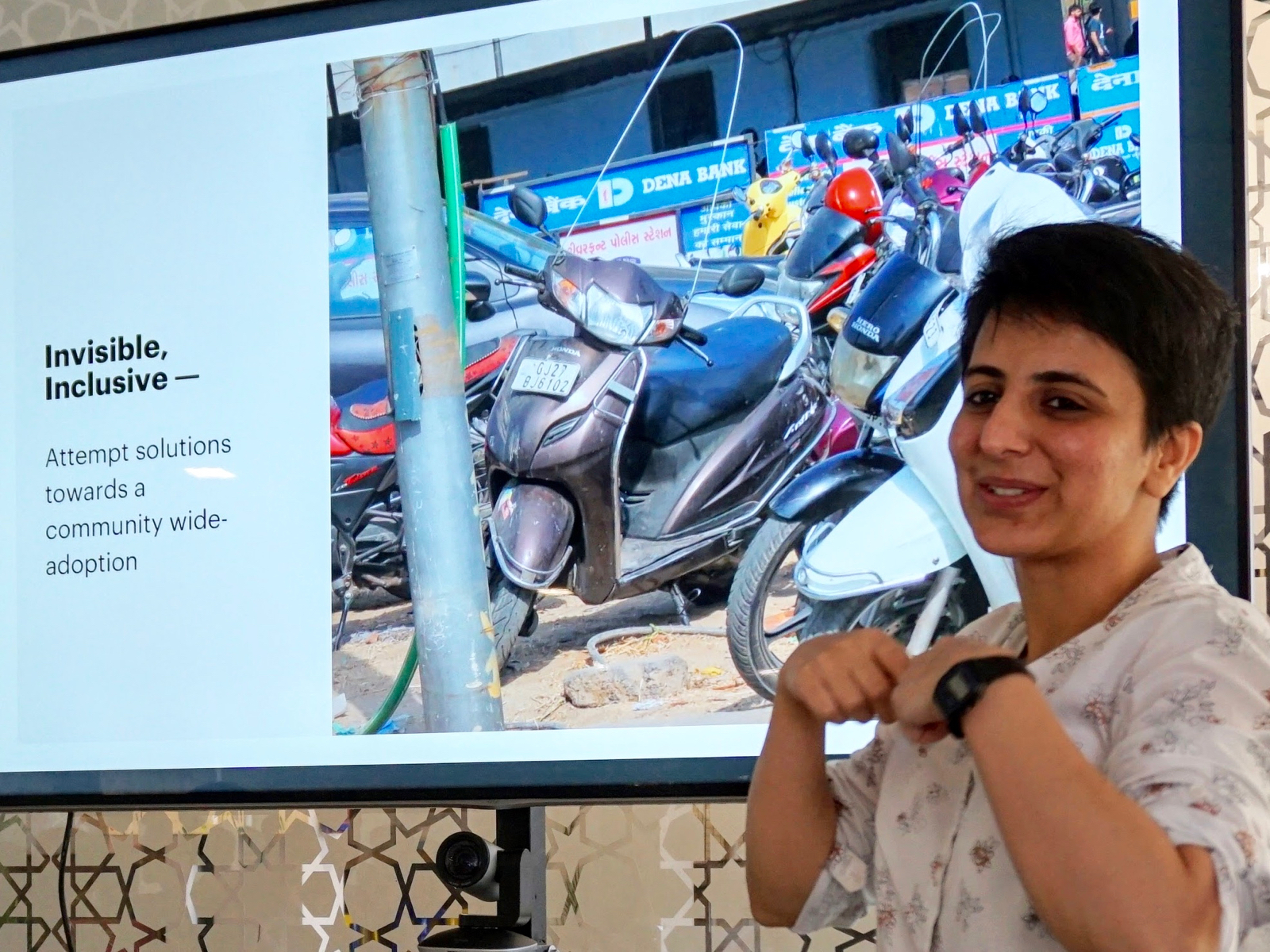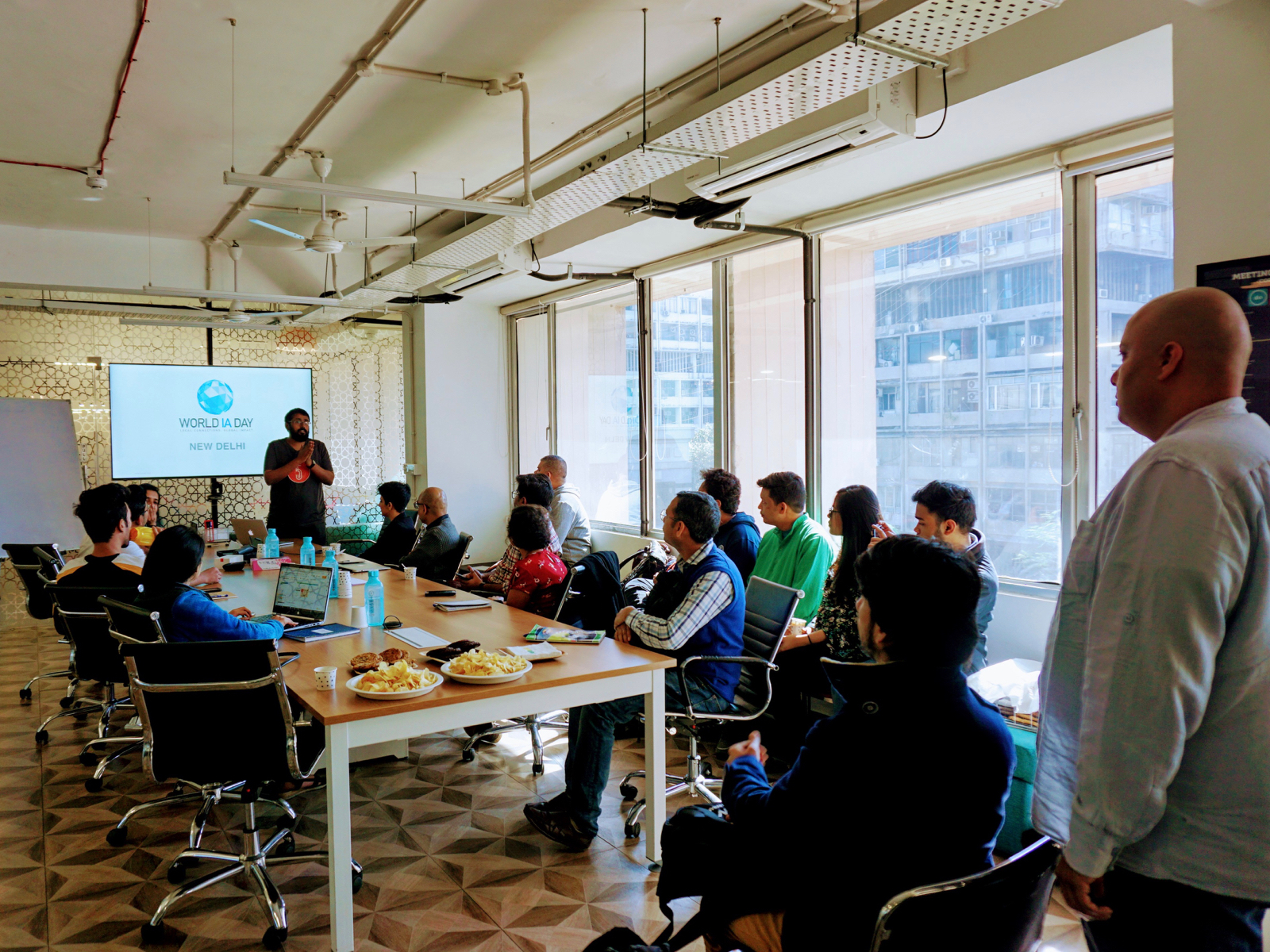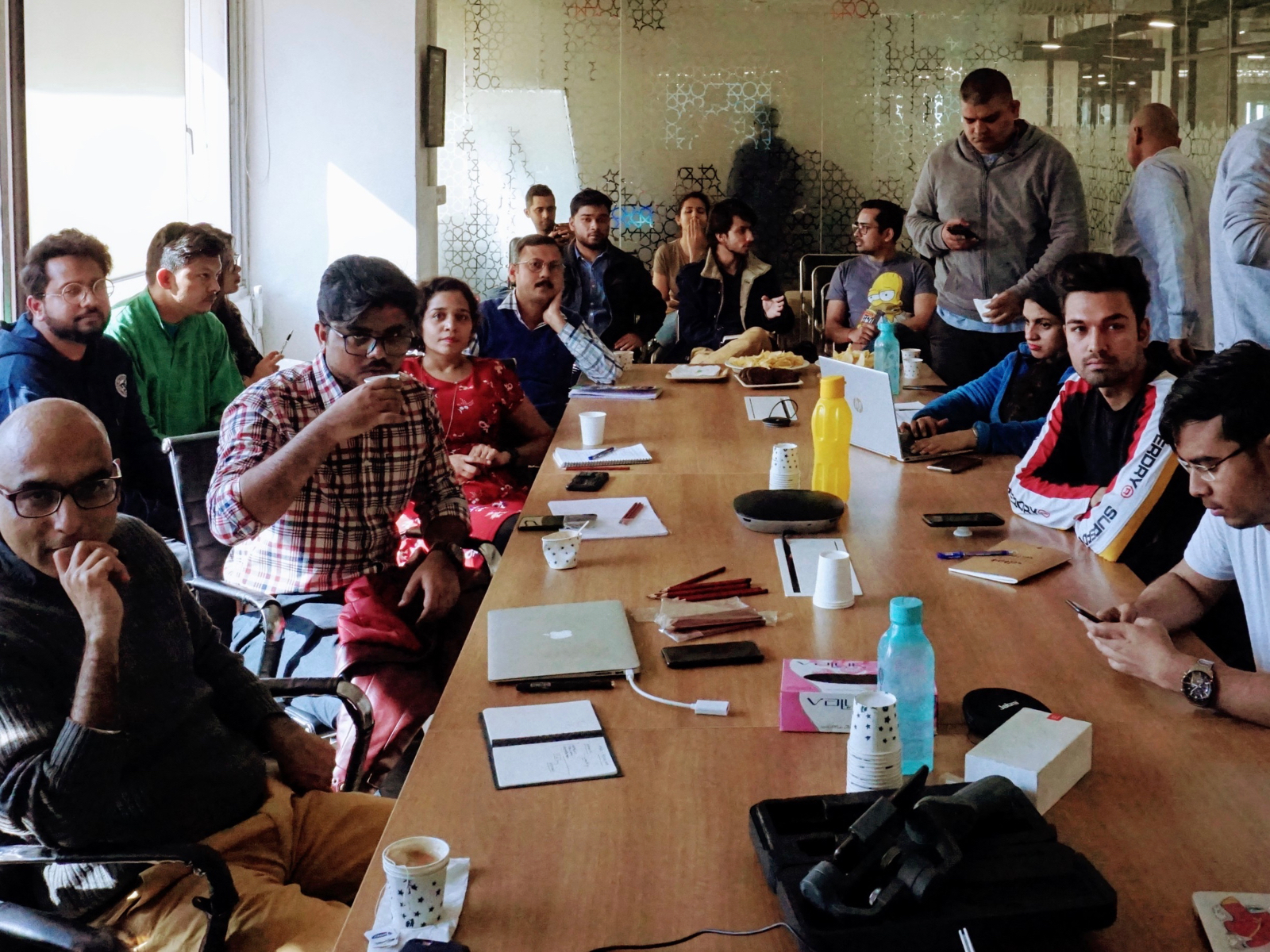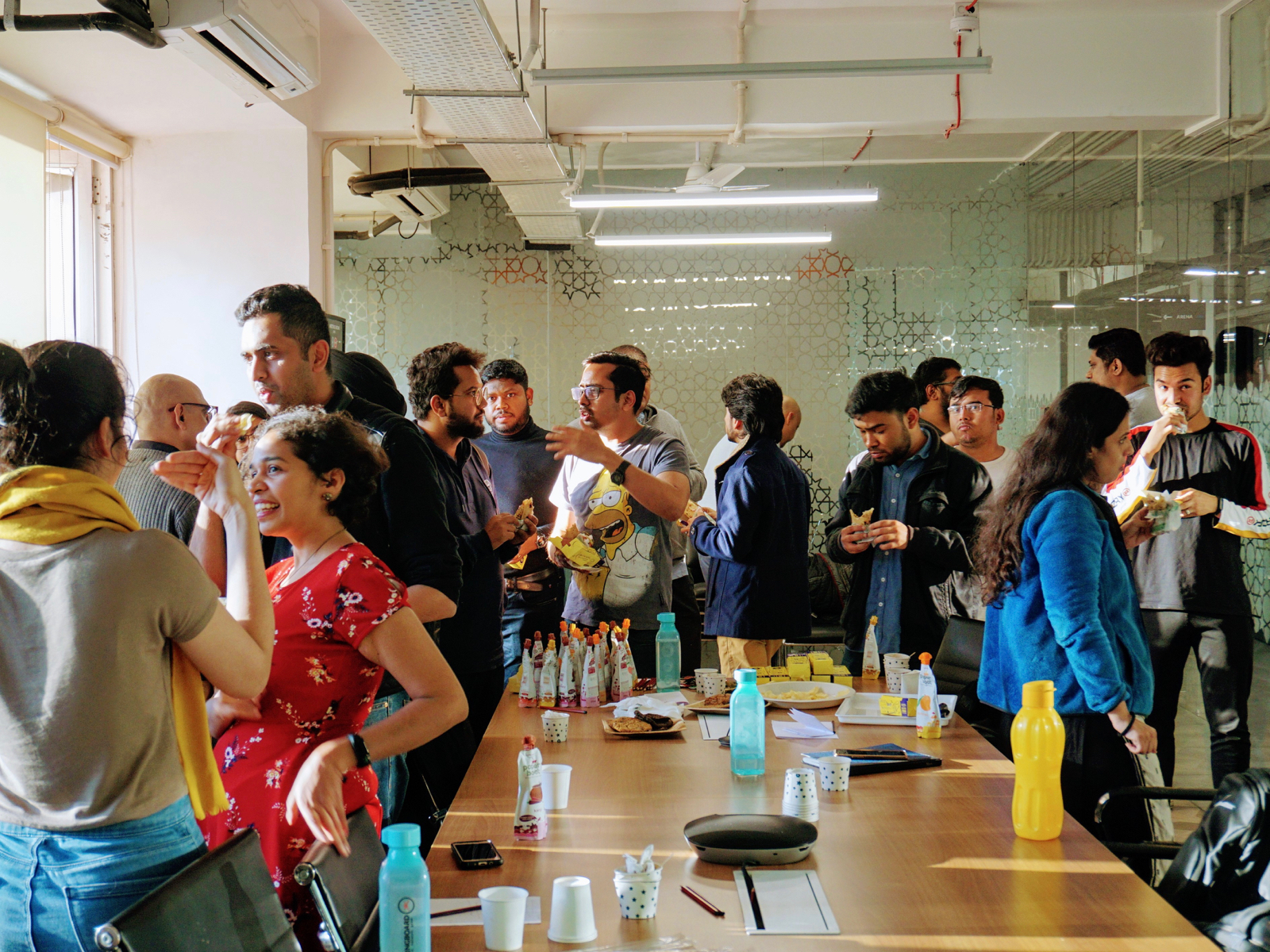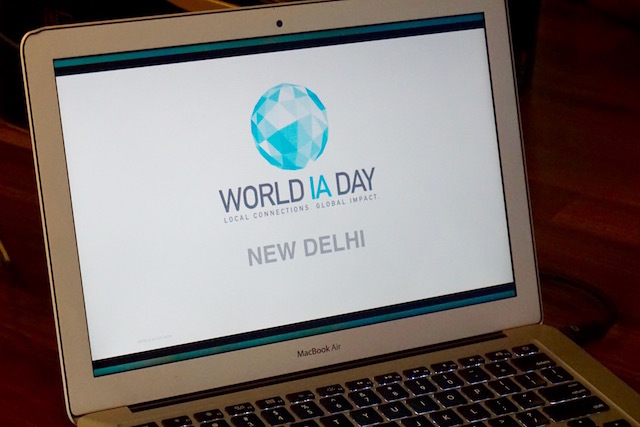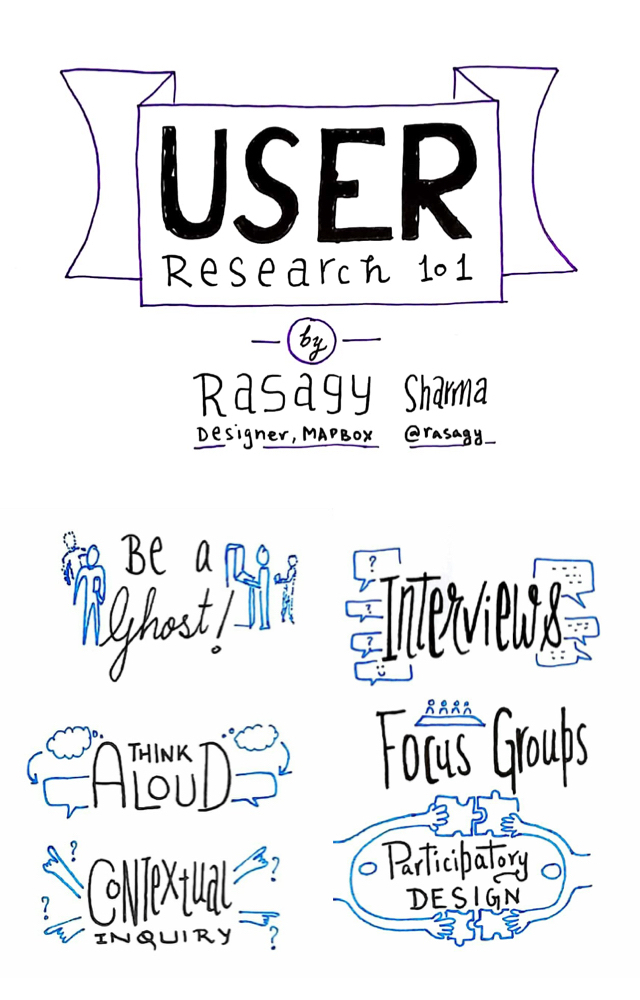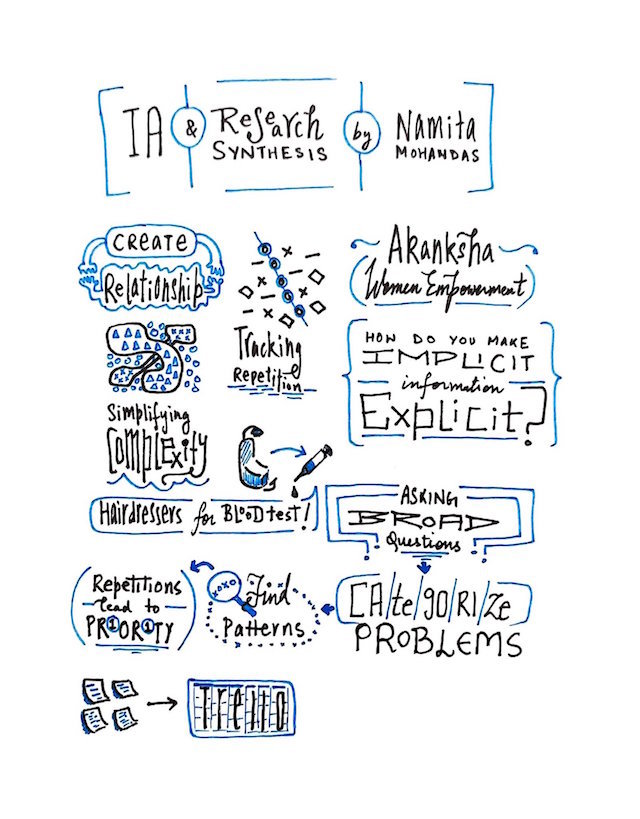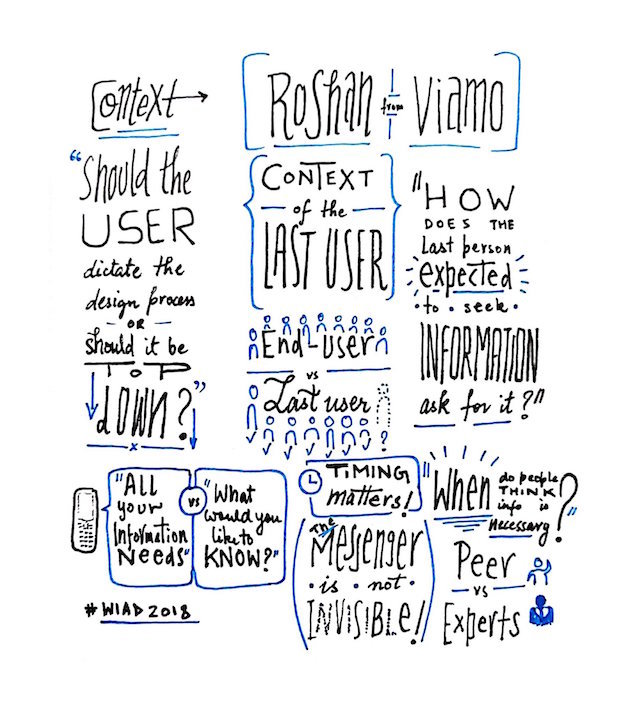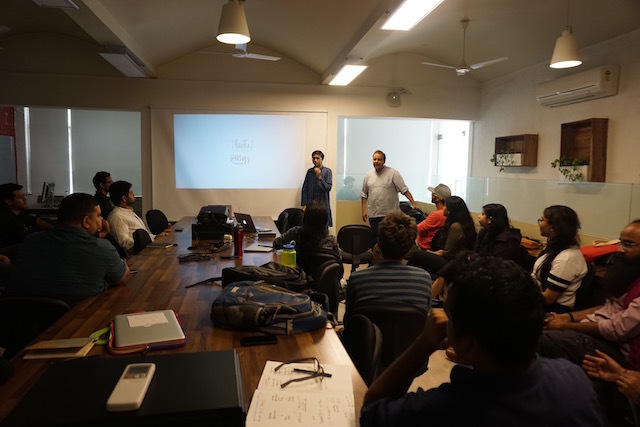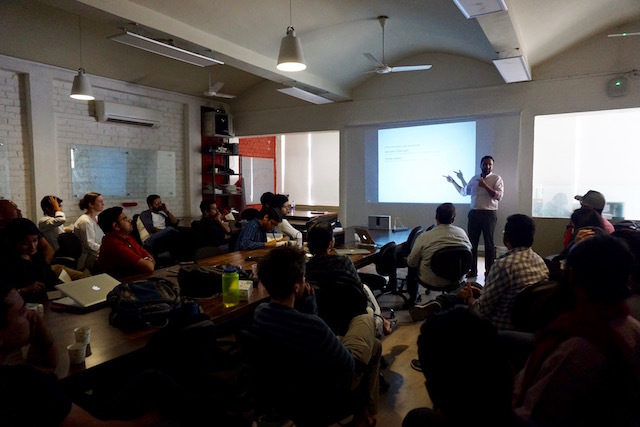World IA Day 2020, New Delhi
- Author
- Souvik Das Gupta
- Published
The World Information Architecture Day (WIAD) is an annual celebration to evangelise the practice of information architecture. It is held in dozens of locations across the world, including our home city of New Delhi. The global theme for World IA Day 2020 was “The IA Element” — highlighting how IA is integral to achieving the best results.

We celebrated World IA Day 2020 on the 22nd February at The Circle, Huda City Centre. The event featured talks by four speakers touching upon various aspects of information architecture across history and culture, interface design, data journalism and visualisations. Here’s a short round up of each of the talks (with links to the slides) —
Let’s Define IA
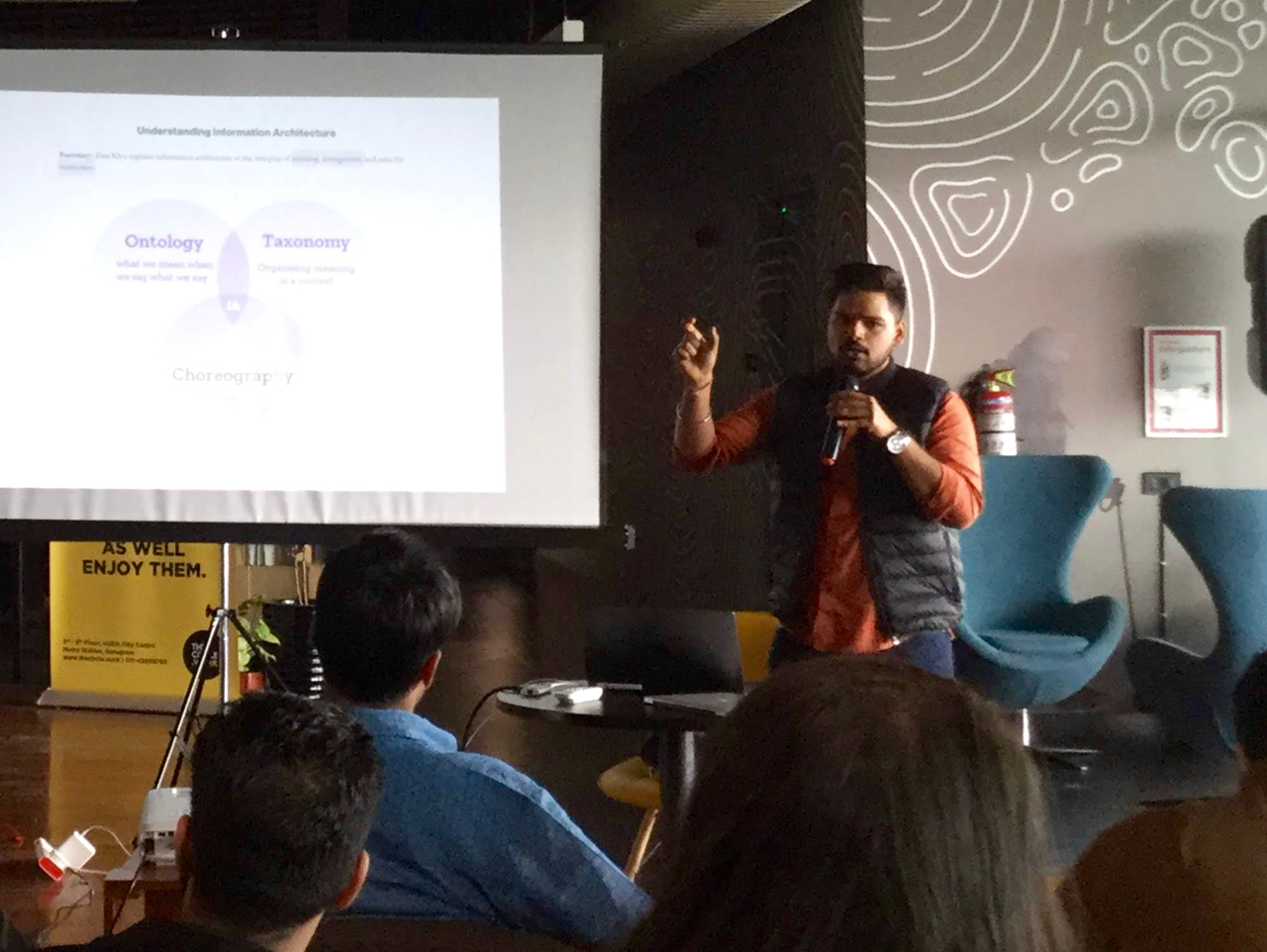
The event was kickstarted by Manish Saini, an Information Experience Designer who’s currently working at Cvent. Manish laid the ground work for the event describing how one can relate to information architecture in their work, and how to define the practice of IA. (See Manish’s slides)
Decoding Crafts: Mapping Asia InCH Encyclopedia
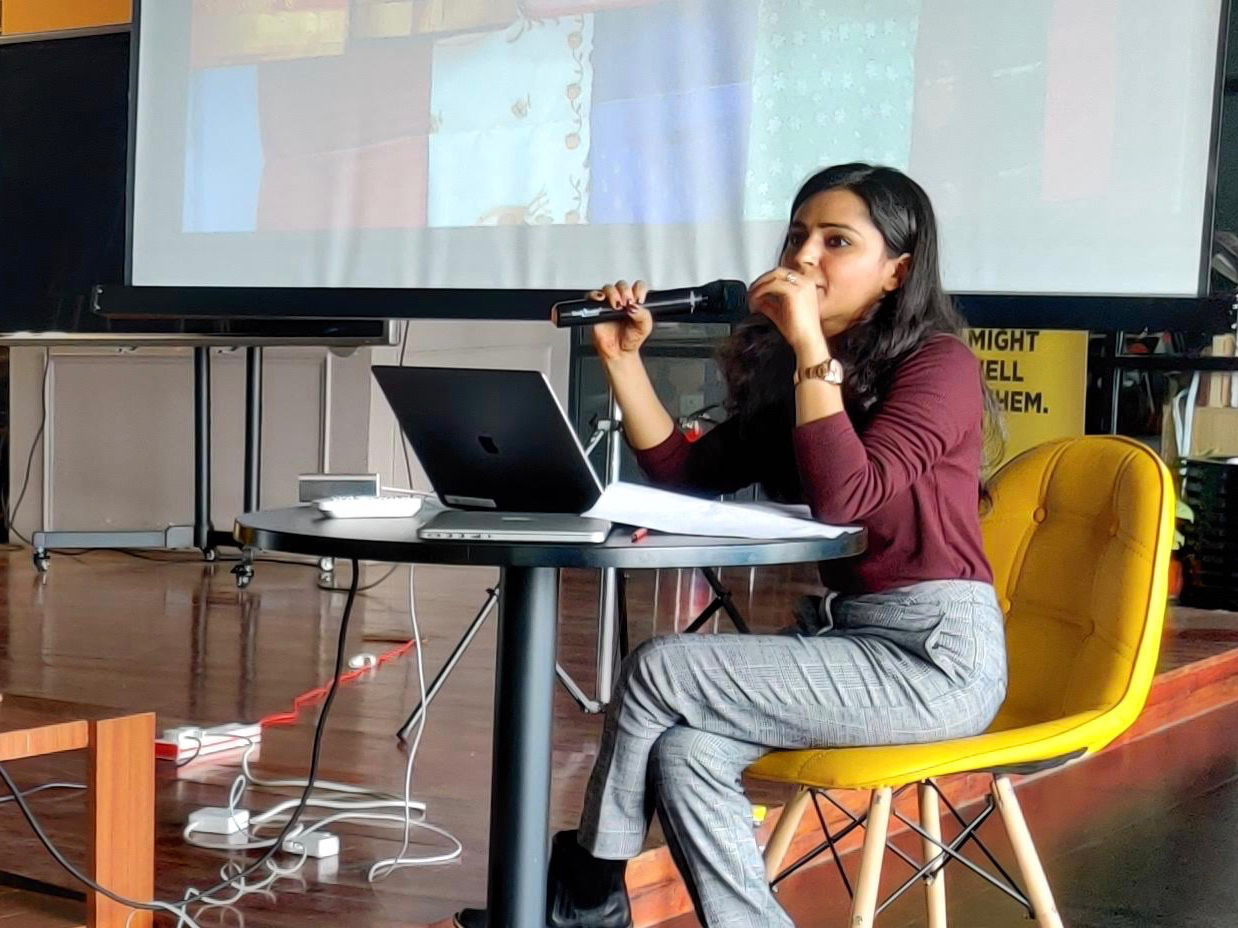
The following talk was by Richa Tiwari from Craft Revival Trust. She started off with a brief history about how various craft forms were affected by rapid industrialisation in the 1900s. She further went on to share how her organisation has been mapping the intangible cultural heritage of South Asia into an encyclopedia. (See Richa’s slides)
Humanising Digital Interactions
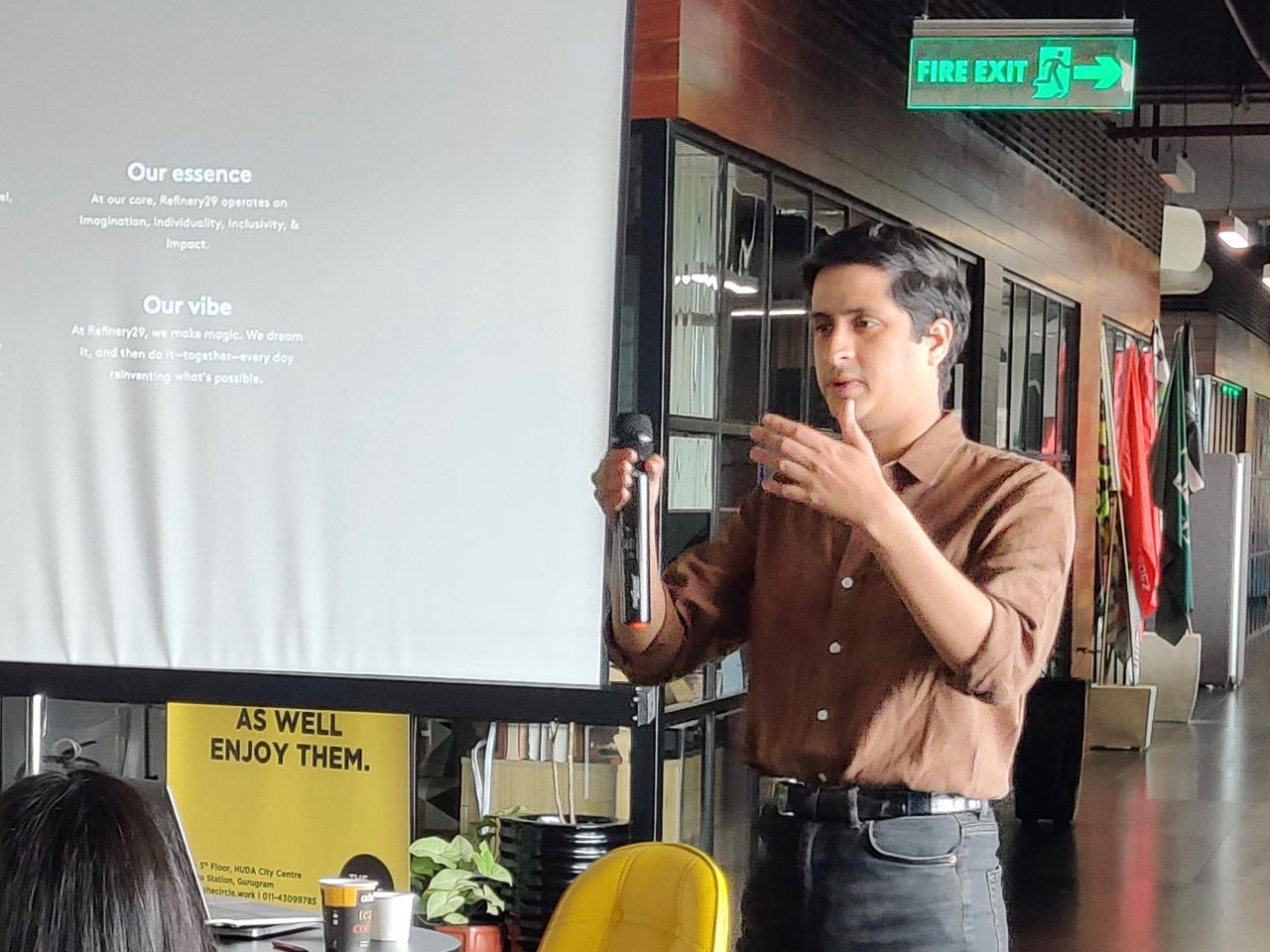
The third talk was by Vikramaditya Sharma – the founder of Now Form. Vikramaditya made us take a look at the various forms of digital interactions we experience in our life and how these are slowly turning into more natural human interactions, one step at a time. (See Vikramaditya’s slides)
Making Sense of Data in an Indian Newsroom
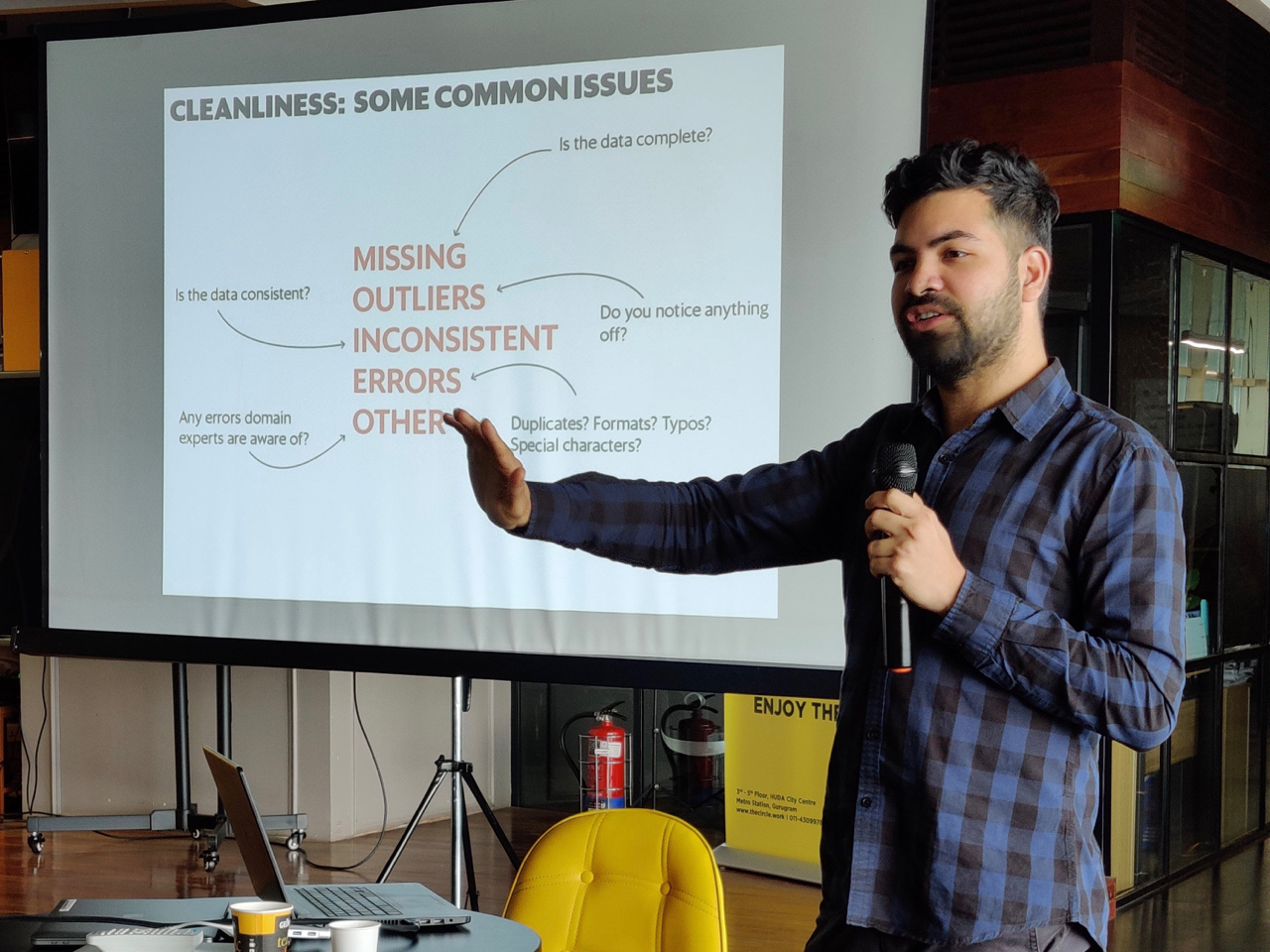
The last speaker Sriharsha Devulapalli works at Mint. Sriharsha shared several stories and experiences of being a data journalist in India. He went on to explain the process of producing good data stories — right from data collection and cleaning to visualisations. (See Sriharsha’s slides)
After 2018 and 2019, this was the third year of Miranj supporting World IA Day in New Delhi. Thanks to Abhishek and Manish for volunteering and to Archit for onsite logistics. (See full photo album)


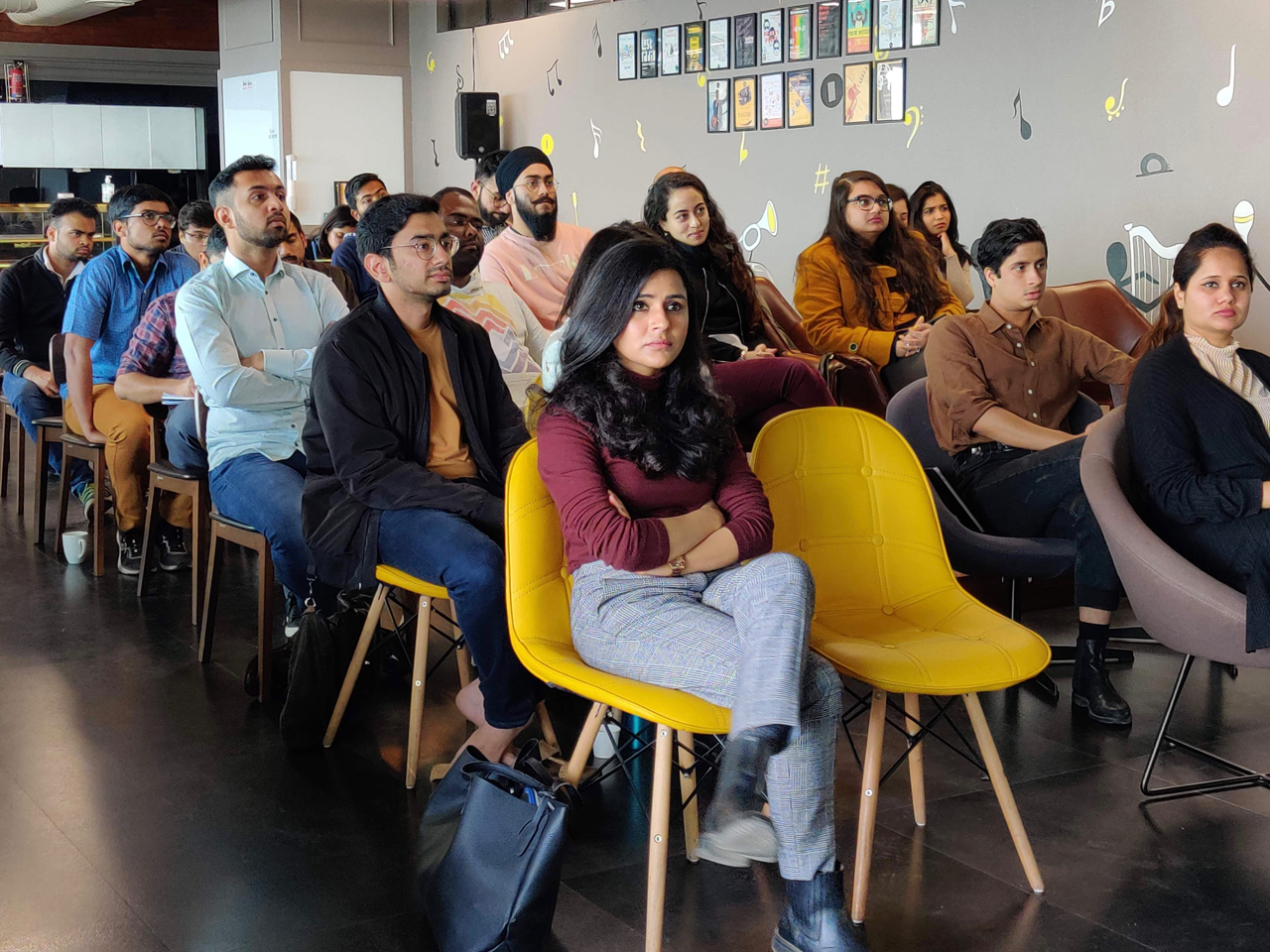

We look forward to another year of sharpening our Information Architecture skills.
